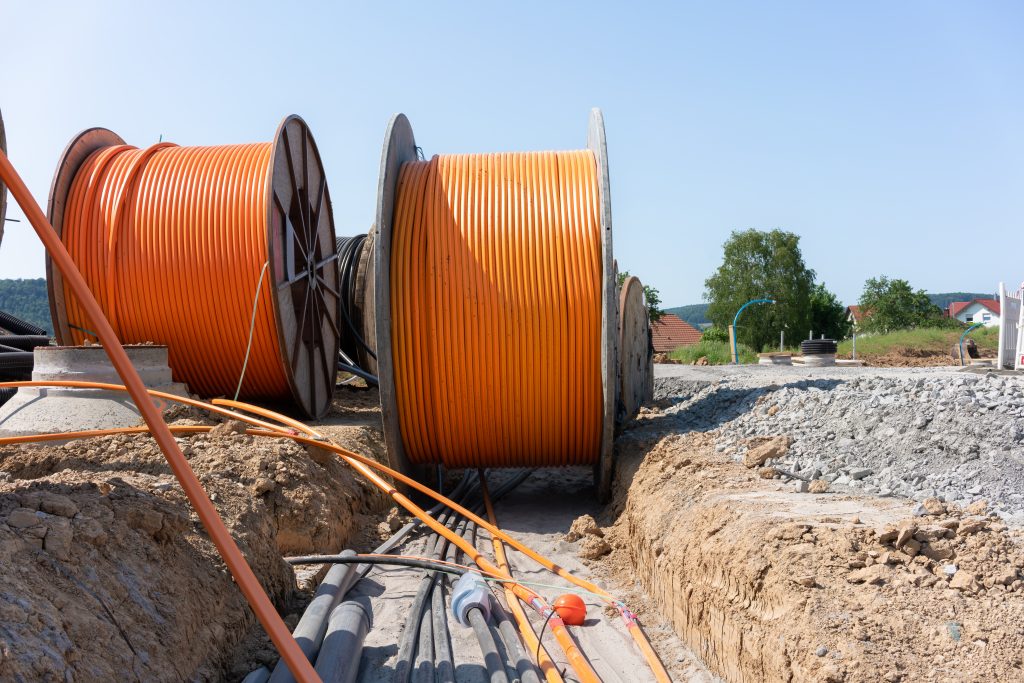
The long-awaited final push to close Oklahoma’s digital divide is officially underway. Farm Director KC Sheperd recently sat down with Oklahoma State University’s Brian Whitacre, a leading broadband specialist, to discuss the state’s plan for the Broadband Equity, Access, and Deployment (BEAD) funds. The conversation revealed a significant stride toward universal internet access, a move with massive implications for rural Oklahoma.
“Each state is finally in the process of announcing their final broadband equity, access, and deployment funds, and who won those funds and where they’re going across the state,” Whitacre told Sheperd, kicking off the discussion with the exciting news. This latest announcement marks the final major broadband program, with Oklahoma set to receive nearly $800 million.
Whitacre confirmed the years-long effort and shared a surprising detail: the state is sending back approximately $225 million of the federal money. “We said we can do it for cheap,” he explained, a nod to the state’s ability to efficiently allocate the funds.
The goal is to connect the last remaining pockets of the state without broadband service. According to Whitacre, out of Oklahoma’s 1.7 million households and businesses, about 110,000 currently lack a provider. Existing programs are set to cover 70,000 locations, leaving this new funding to target the remaining 40,000 locations, ensuring every home and business has some form of broadband available to them.
Sheperd emphasized the importance of this for her audience, particularly the agricultural community. “We have all this advancing technology in the medical field, but even for our ag producers, now those tractors are running on… internet because they have all these bells and whistles. So that’s got to be some great news,” she said.
Whitacre agreed, pointing out that studies show improved yields when farms have better connectivity. He also highlighted the benefits of digital learning, healthcare, and overall community development.
For Oklahomans wondering what’s next, Whitacre explained that the Oklahoma Broadband Office has a dashboard showing the status of ongoing projects. Although a detailed map for the new BEAD projects isn’t yet available, a one-week public comment period is scheduled for the new plan. “If you don’t see your area being served, you can… raise heck and let them know that you’re still angry,” he advised.
The discussion also delved into the types of technology being deployed. About 20,000 locations will receive fiber-optic service, which Whitacre called the “best type of broadband” because it is “future proof” and can handle multiple gigabit speeds. He noted that about 5,000 locations will get satellite service.
Whitacre explained that while fiber can be upgraded relatively easily, satellite and fixed wireless systems often require new hardware—or even new satellites—to improve speeds in the future.
In a final interesting twist, Whitacre shared that Amazon’s Project Kuiper, not the more well-known Starlink, was the provider of choice for most of the satellite locations. “The rest of them, they’re going with Amazon Project Kuiper, which is interesting because they only have about 100 satellites, and they’re not even taking customers at this point.”


















